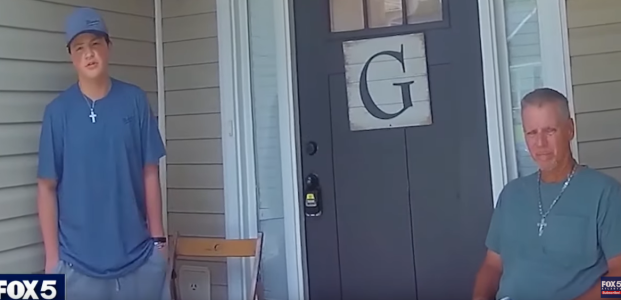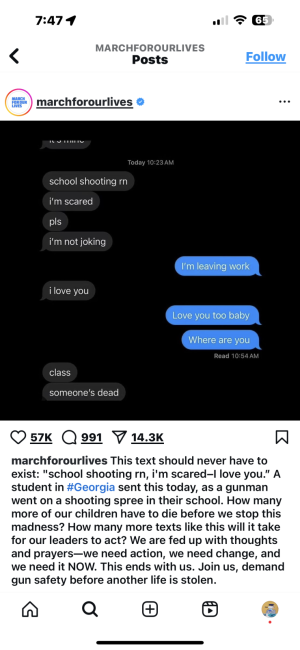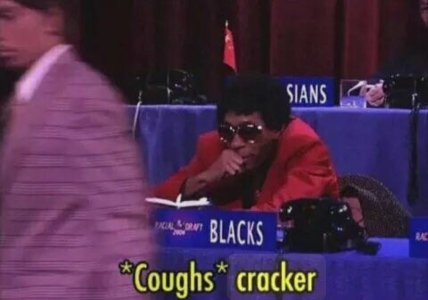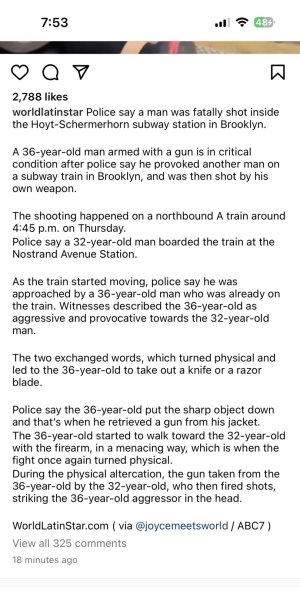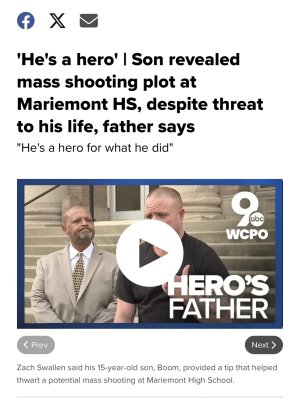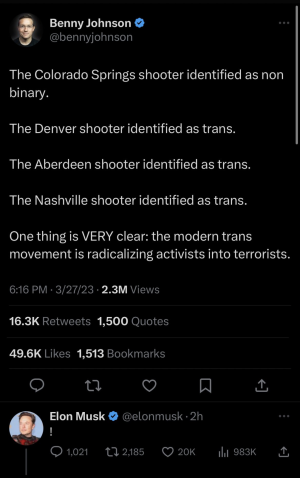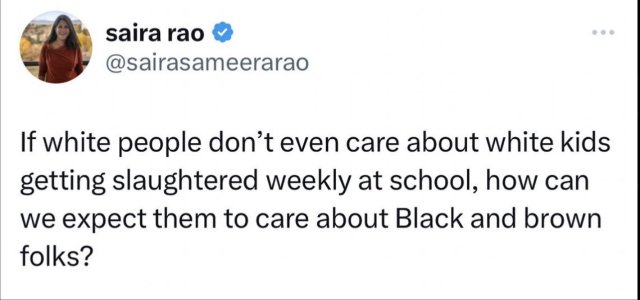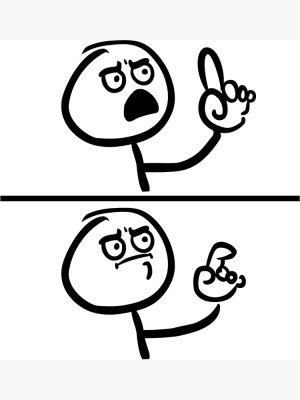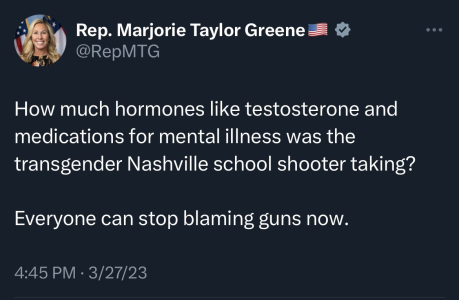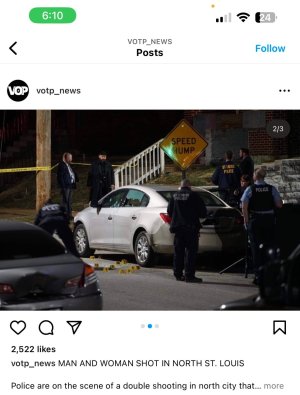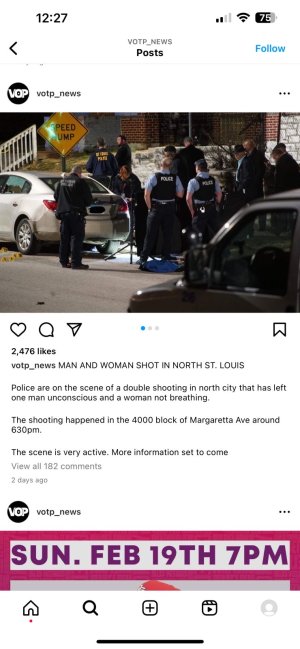Respond to this
 ballinsam23
ballinsam23
The Prevalence and the Price of Police in Schools
Since the 1900s, U.S. public schools have employed a growing number of school resource officers (SROs) – defined here as sworn law enforcement officials. In 1975, only 1% of schools reported having police officers on site, but by 2018, approximately 58% of schools had at least one sworn law enfo ...

education.uconn.edu
SROs Can Negatively Impact Safety
In the triad model concept advanced by NASRO, in addition to their law enforcement role, SROs will act as another mentor, educator, or counselor. However, this assumption ignores the fact that Black youth, Latine youth, immigrant youth, indigenous youth, and youth living in poverty often come to school with harmful experiences with police that may perpetuate racial inequalities in educational, health, and social outcomes.[lxii] By putting police in schools, we are exacerbating these issues. SROs are more likely to reproduce broader patterns of police targeting and criminalizing Black, Indigenous, Latine, and students of color while implementing policies supposedly designed to keep society “safe.”[lxiii]
SROs are more likely to work in schools serving high numbers of students of color
SROs are disproportionately placed in schools serving predominantly students of color, as opposed to schools serving predominantly white populations.[lxiv] Among middle and high schools where more than 75% of students were Black, 54.1% had at least one SRO or security officer on campus. By comparison, among middle and high schools where over 75% of students were white, only 32% had these personnel.[lxv]
SROs are associated with higher rates of exclusionary discipline and arrest
Additionally, numerous studies show that the presence of SROs in schools is associated with higher rates of exclusionary discipline – suspensions and expulsions – increased risk of students being pushed into the “school to prison pipeline”[lxvi] Students of color across the nation, and in Connecticut in particular, are disproportionately subject to these exclusionary discipline practices.[lxvii] In Connecticut, suspension and expulsion rates for Black and Latino male students are two to three times that of their white counterparts. The suspension rate for Black female students is around five times that of their white counterparts.[lxviii] The presence of SROs is associated with increased racial disparity in suspension rates.[lxix]







